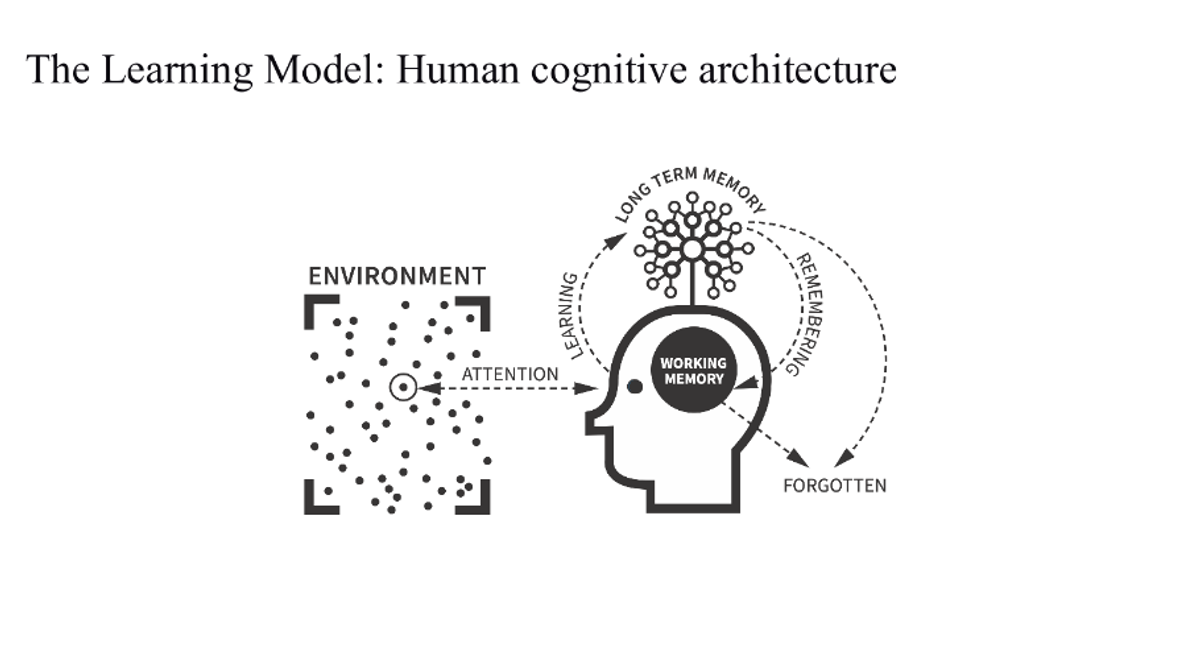Literacy

The Science of Learning
Did you know that the storage capacity in our long- term memory is almost unlimited? By contrast, most humans can only hold about 7 things in their working memory and can only actively work with 3 or 4 at a time.
For this reason, we are breaking up our learning into chunks. We need to learn new things and attach them to things we already know in our long-term memory. It also means we need to limit all the distracting information that can come into our minds from our environment. These could be pretty pictures on worksheets, someone talking next to us, someone moving around the room, or open tabs on our devices. We need to focus our attention on the things that are directly related to what we are learning. There is no room in our working memory for everything else.
What does that mean for our classrooms? You will notice that our classrooms now have the tables oriented so that students are facing the front during most literacy and numeracy classes. This helps them focus on the actual learning material rather than on each other. Tables are decluttered and children are asked not to bring toys or distractions into the classroom. Teachers lead the learning, helping students to stay focused and attentive with lots of opportunities to respond to questions during class. Displays are put up thoughtfully and are relevent to students' current learning.
It may look old-fashioned, but it's all about helping students to focus their attention on what they are learning and minimising distractions so that their working memory is focused on the correct things.

